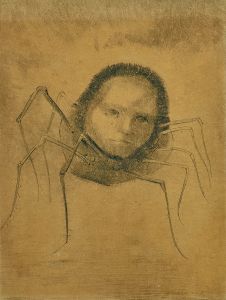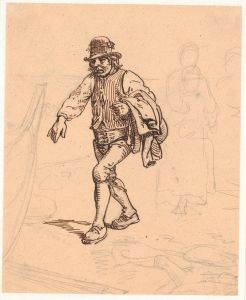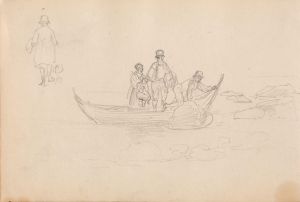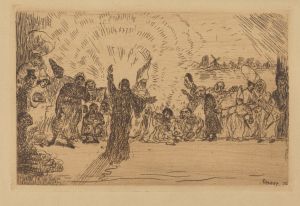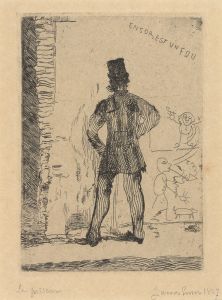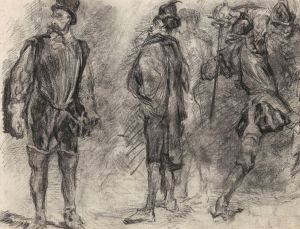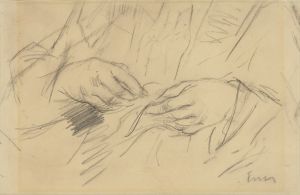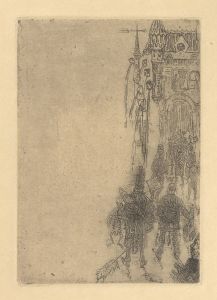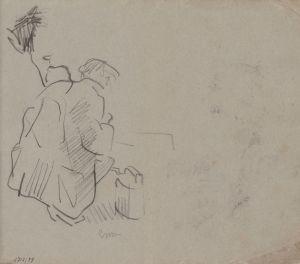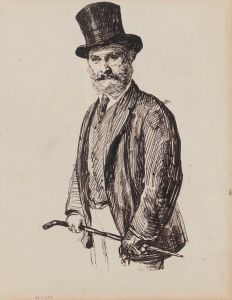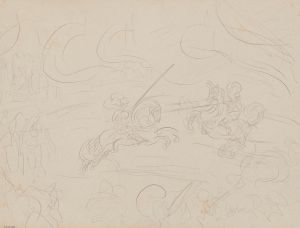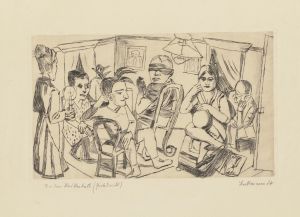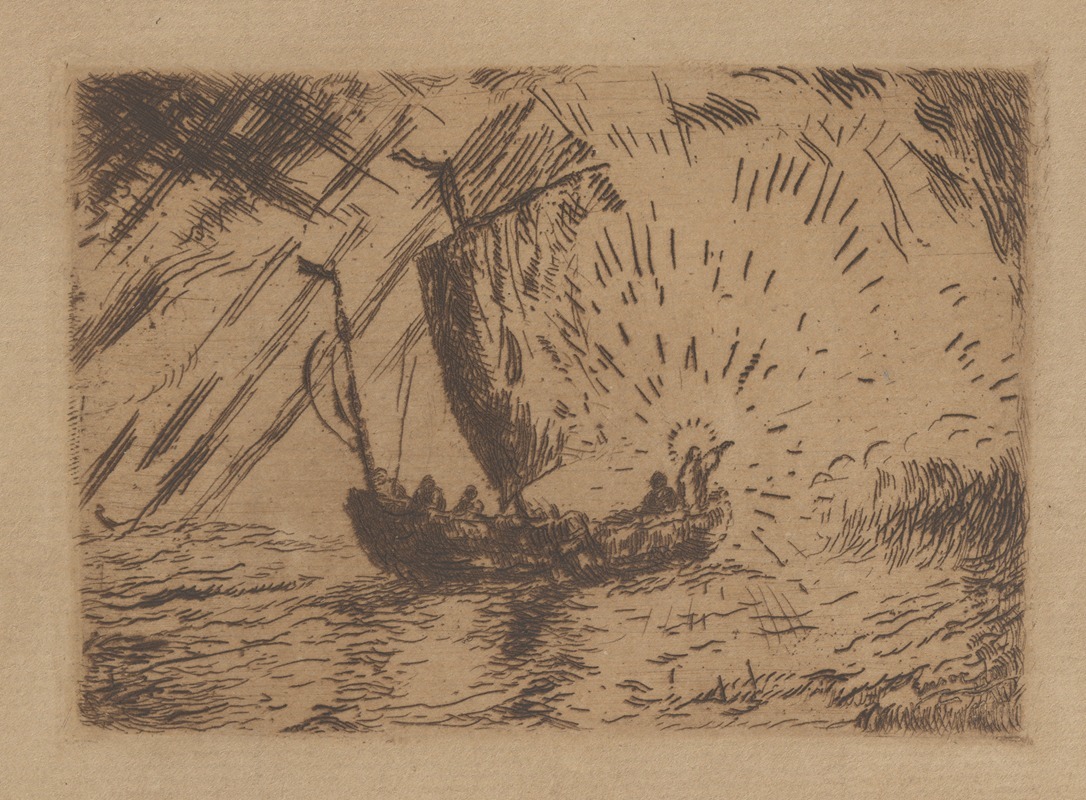
Christus in de schuit
A hand-painted replica of James Ensor’s masterpiece Christus in de schuit, meticulously crafted by professional artists to capture the true essence of the original. Each piece is created with museum-quality canvas and rare mineral pigments, carefully painted by experienced artists with delicate brushstrokes and rich, layered colors to perfectly recreate the texture of the original artwork. Unlike machine-printed reproductions, this hand-painted version brings the painting to life, infused with the artist’s emotions and skill in every stroke. Whether for personal collection or home decoration, it instantly elevates the artistic atmosphere of any space.
"Christus in de schuit" (Christ in the Boat) is a painting by the Belgian artist James Ensor, created in 1891. Ensor, known for his unique style that blends elements of Impressionism and Symbolism, was a prominent figure in the Belgian avant-garde movement. His works often explore themes of religion, satire, and the grotesque, and "Christus in de schuit" is no exception.
The painting depicts a biblical scene with Christ and his disciples in a boat, a subject that Ensor revisited in various forms throughout his career. This particular work is notable for its vibrant use of color and expressive brushwork, which are characteristic of Ensor's style. The composition is dynamic, with swirling waves and dramatic skies that convey a sense of movement and tension. Ensor's interpretation of the scene is both traditional and innovative, as he infuses the religious subject matter with his own distinctive artistic vision.
Ensor's choice to depict Christ in a boat can be seen as a reflection of his interest in religious themes, which he often approached with a sense of irony and critique. The painting can be interpreted as a commentary on the human condition, exploring themes of faith, doubt, and the struggle for salvation. Ensor's Christ is a figure of calm amidst chaos, a beacon of hope in a turbulent world.
The painting is also significant for its place within Ensor's broader body of work. During the late 19th century, Ensor was part of a group of artists known as Les XX, who were dedicated to promoting avant-garde art in Belgium. His work during this period is marked by a bold use of color and a departure from traditional artistic conventions. "Christus in de schuit" exemplifies these qualities, showcasing Ensor's ability to blend traditional religious iconography with modern artistic techniques.
Ensor's work was not always well-received during his lifetime, as his unconventional style and subject matter often challenged the artistic norms of the day. However, he is now recognized as a pioneering figure in modern art, and his influence can be seen in the work of later artists such as the Expressionists and Surrealists. "Christus in de schuit" is an important example of Ensor's contribution to the development of modern art, highlighting his innovative approach to both form and content.
Today, James Ensor's paintings are held in high regard and can be found in major art collections around the world. "Christus in de schuit" is a testament to his unique artistic vision and his ability to convey complex themes through his distinctive style. The painting continues to be studied and appreciated for its artistic and historical significance, offering insight into the mind of one of Belgium's most celebrated artists.





